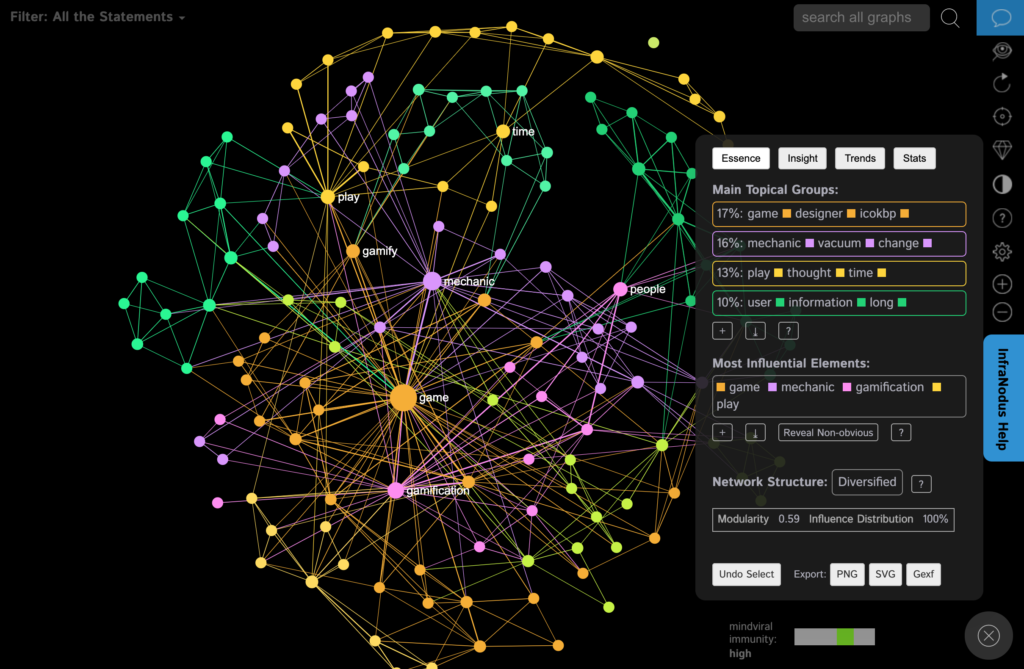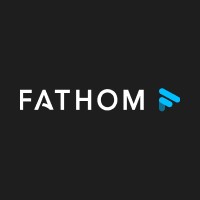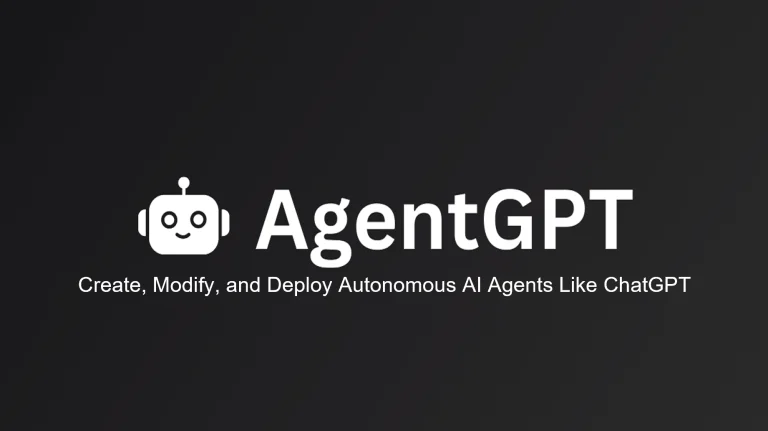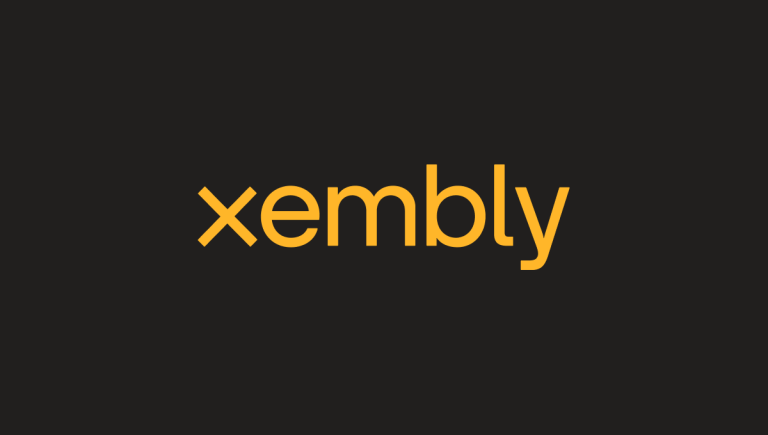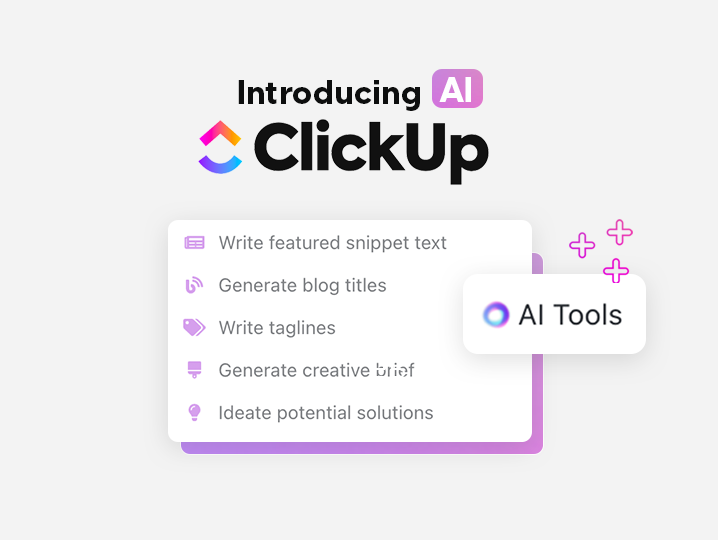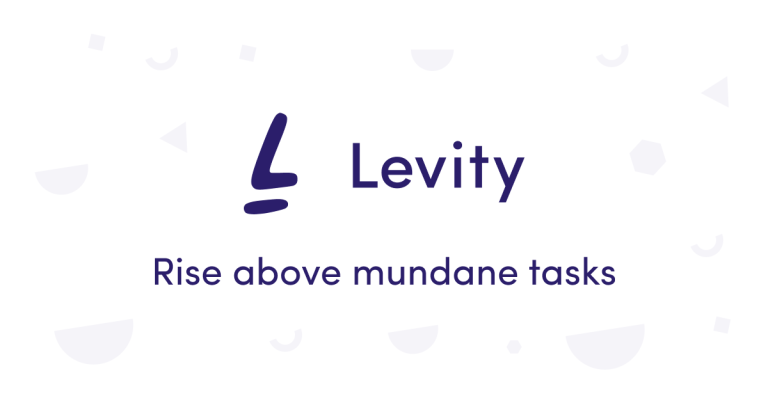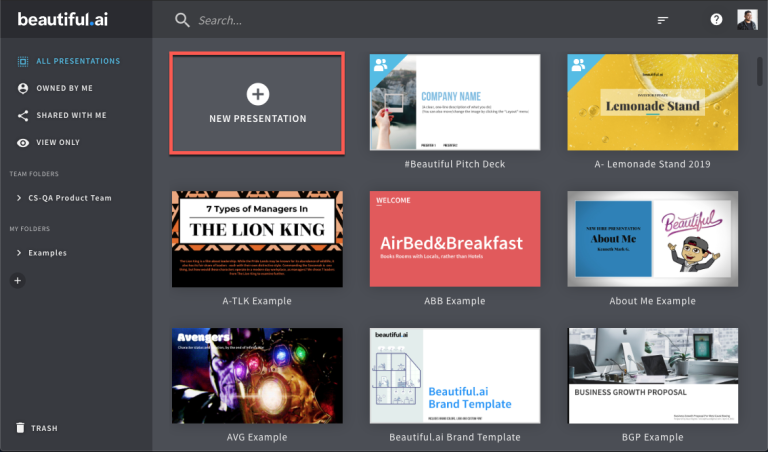Roam Research Key Features:
- Graph-Based Knowledge System: Roam’s core feature is its ability to link notes and ideas in a non-linear format, creating a visual graph of related information. This allows users to see the connections between different topics, which is particularly useful for knowledge workers who deal with interconnected concepts.
- Bidirectional Linking: Roam Research’s bidirectional linking feature makes it easy to reference related notes or ideas. Whenever a user links to another note, that note automatically links back, creating a two-way connection that helps users easily navigate through their notes.
- Daily Notes and Journaling: Roam encourages users to take daily notes, which are automatically linked to other relevant notes based on content. This feature is particularly useful for users who want to build a habit of continuous learning or journaling.
- Collaborative Editing: Roam allows for collaborative editing, where multiple users can work together on the same note or graph. This makes it an ideal tool for teams working on projects that require brainstorming, research, or knowledge sharing.
- Natural Language Search: Roam’s AI-powered search feature allows users to find notes and information using natural language queries. This makes it easier to retrieve specific details without needing to remember exact keywords or phrases.
- Task and Project Management: In addition to note-taking, Roam includes basic task management features that allow users to create to-do lists, track progress, and set reminders within their notes. This integration helps users stay organized without needing to switch between different apps.
Our Opinion On Roam Research:
Roam Research is an innovative tool for knowledge management, particularly for users who deal with complex, interrelated information. Its graph-based approach to note-taking is a breath of fresh air for researchers, writers, and strategists who need to link ideas across different domains. The bidirectional linking and AI-powered search make it easy to build a dynamic and evolving knowledge base, which grows over time as new information is added.
However, the tool’s steep learning curve and lack of integrations may pose challenges for new users or those looking for a more traditional note-taking experience. For professionals and teams who value deep knowledge work and need a tool to capture and connect ideas, Roam Research offers a unique solution that fosters creativity and productivity.
Roam is particularly well-suited for academics, knowledge workers, writers, and anyone looking to organize complex information over the long term. Its emphasis on connections and relationships between ideas makes it stand out from linear note-taking tools, and its collaborative features make it an excellent choice for team-based research or projects.
